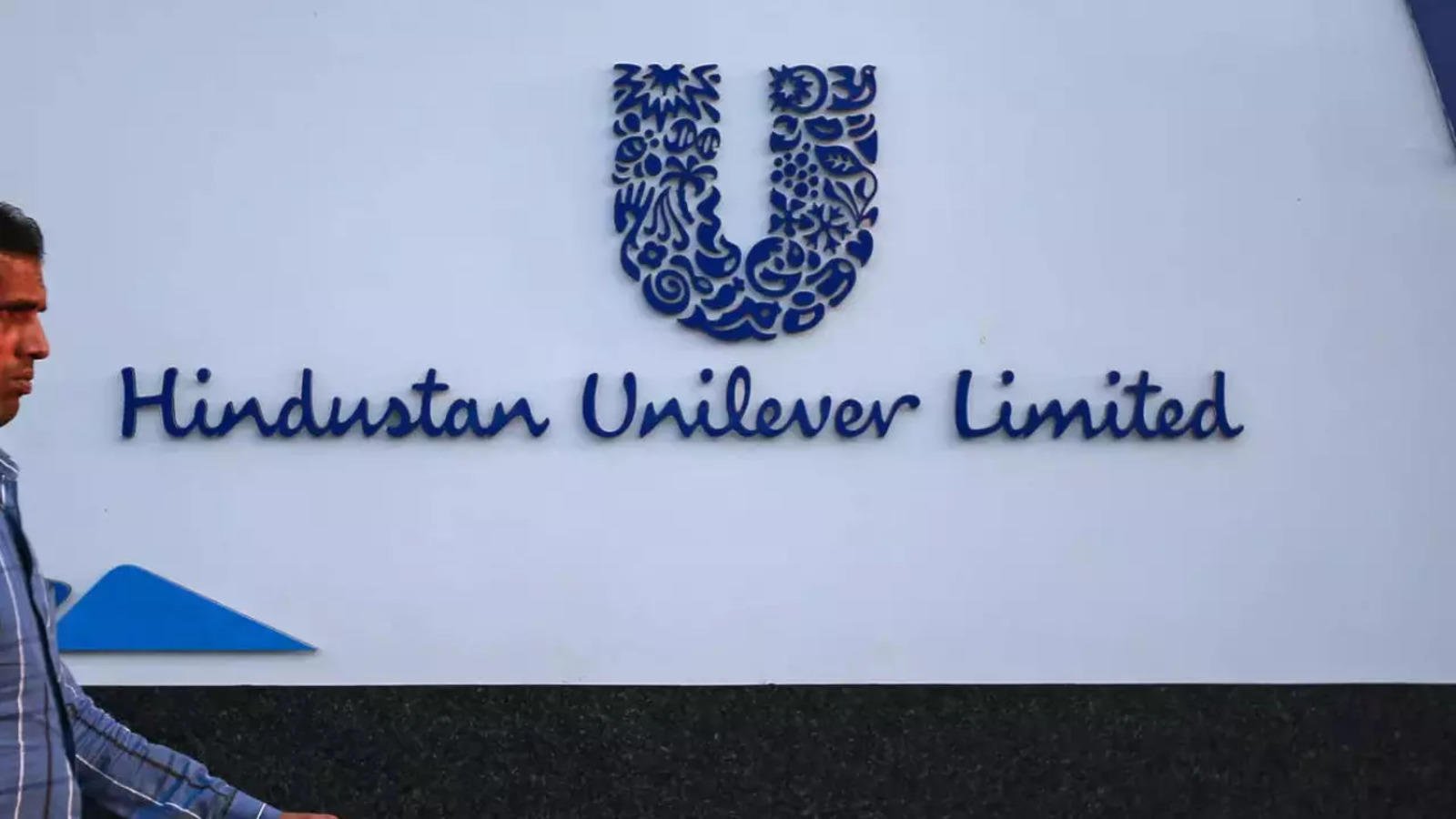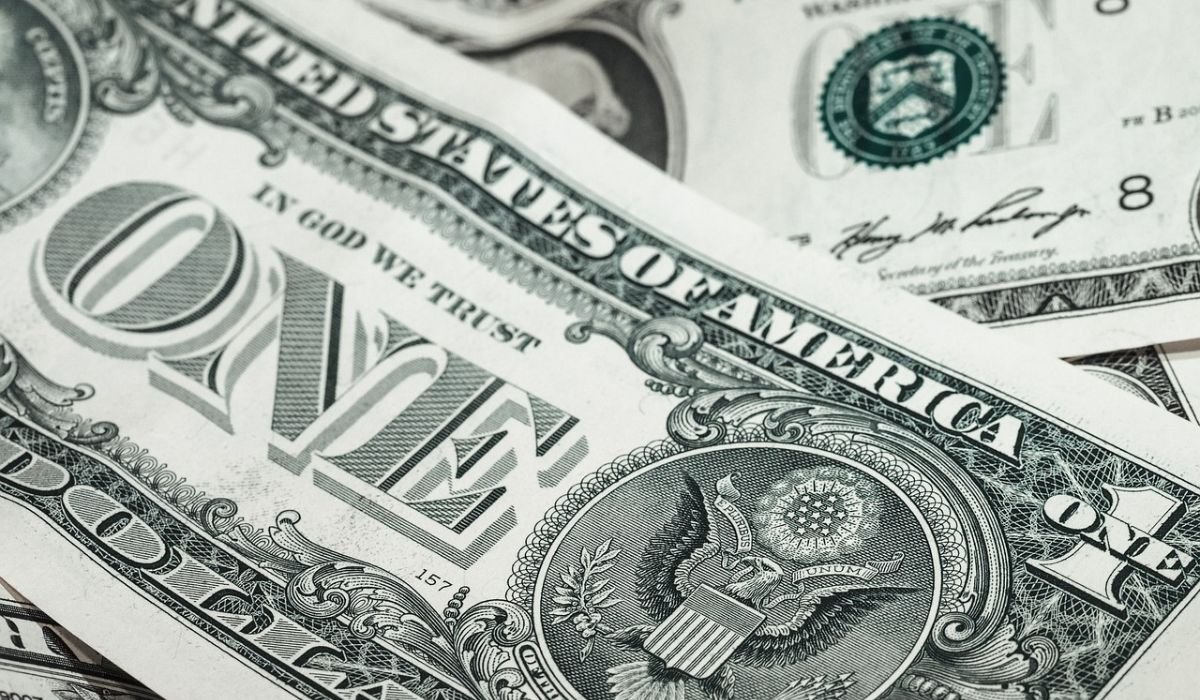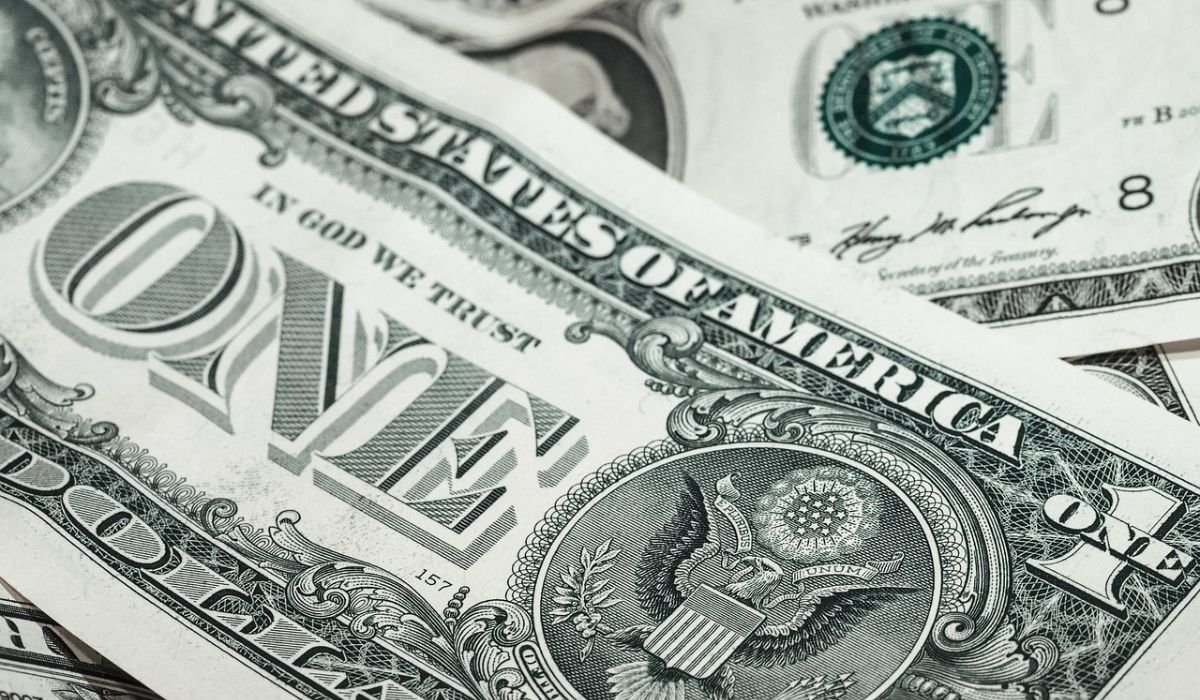Hindustan Unilever Limited (HUL) is one of India’s biggest FMCG companies, known for its strong brand portfolio and wide consumer reach.
But lately, its stock performance has sparked a key question: has HUL become overvalued compared to the overall sector? With slow volume growth and rising market competition, traders are starting to question if its premium price tag is still justified.
In this article, we’ll compare HUL’s performance with the FMCG sector and assess whether the current valuation makes sense.
HUL’s Financial Snapshot
In Q4 FY25, Hindustan Unilever Limited reported a consolidated net profit of ₹2475 crore, while revenue from operations was ₹15,416 crore.
Despite this growth, the company’s EBITDA margin contracted by 30 basis points to 23.1%, indicating pressure on profitability.
Segment-wise, Home Care remained the top contributor with revenue rising to ₹5,818 crore, followed by Beauty & Wellbeing at ₹3,113 crore, and Personal Care at ₹2,124 crore. The Foods segment saw a slight dip to ₹3,886 crore, while the ‘Others’ category, including exports and consignment, surged to ₹263 crore.
Amidst these financials, the HUL share price continues to reflect investor sentiment, balancing between steady earnings and margin pressures. HUL has delivered a 5-year return of 13.91% while its 3-year returns are 10.22%.
Valuation Metrics of HUL
Hindustan Unilever Limited (HUL) is currently trading at a market price of ₹2,342.10, while various valuation models estimate its intrinsic value to be significantly lower. For instance, ValueInvesting.io calculates an intrinsic value of ₹895.85, suggesting an overvaluation of approximately 61.8%.
These assessments are derived from methodologies such as Discounted Cash Flow (DCF) and relative valuation models. HUL’s Price-to-Earnings (P/E) ratio stands at 52.80, which is considerably higher than the industry average, further implying a premium valuation.
The disparity between HUL’s market price and its estimated intrinsic value raises questions about its current valuation in the context of the broader FMCG sector.
FMCG Sector Performance Overview
In 2024, India’s FMCG sector experienced a significant downturn, with the Nifty FMCG Index declining by over 20% from its peak in September, surpassing the broader Nifty 50’s 12.6% drop during the same period. This decline was driven by multiple factors, including persistent food inflation exceeding 8%, which strained consumer budgets and led to reduced discretionary spending among the middle class.
Urban demand, accounting for approximately two-thirds of FMCG sales, saw volume growth more than halve due to rising living costs and subdued wage growth.
Commodity prices for essentials like palm oil, cocoa, and wheat surged by 15–20%, prompting companies to implement price hikes and shrinkflation strategies to maintain margins.
Despite these challenges, the sector anticipates a gradual recovery in 2025, supported by easing food prices, increased government spending, and a focus on premiumization and quick commerce channels.
When we talk about HUL in the FMCG sector, you should compare stocks to make an informed decision. You should check if the P/E of other companies are also high or at par with HUL.
Conclusion
Hindustan Unilever Ltd. (HUL) has shown steady growth in revenue and profit, but its stock appears overvalued compared to intrinsic value estimates and sector performance. While the company maintains strong fundamentals, current valuations suggest caution for market participants.
You May Also Like: gomyfinance.com Credit Score: Your Free Passport to Financial Clarity











